I’ve always said that ham radio would be so much more fun if it weren’t for all the wires and connectors. It always seems that there is always a cable coming loose, causing the whole mess not to work.
But connectors are an important component of ham radio, and they certainly seem to bemystify new and experienced hams alike. I’m commonly asked “I have such and such a radio- what type of connector or adapter do I need for it to work with your antennas.” But in reality, once you understand a few key components and terms, connectors really aren’t that difficult. So in that spirit, [pq]here’s my illustrated rundown of common connectors that you will find on your amateur and landmobile radio equipment.[/pq]
UHF Connector
Developed around the time period of World War II by Amphenol, the UHF connector and their derivatives are still considered the standard for land mobile, amateur, and marine band radio applications that use a 50 Ohm impedance matching system. The UHF connector is made up of two parts, the female SO-239 and the male PL-259 connector. I think this is where the confusion starts, as we don’t often refer to the SO-239 as the female UHF connector nor the PL-259 as the Male UHF Connector.
Look at the back of almost any mobile or base amateur radio and you’ll commonly find the SO-239 connector. The major amateur radio manufacturers (Icom, Kenwood, Yaesu, etc) for the most part use SO-239 as the RF connector for their transceivers. Motorola, being a little different, frequently uses a proprietary Mini UHF connector that will not connect to standard coax cable unless you have an adaptor.
Just like the rigs, VHF & UHF antennas will also have a matching SO-239 connector on them. These antennas and transceivers will connect to each other using coax cable with PL-259 connectors installed.
The PL-259 connector is the male counterpart to the SO-239. You will commonly find PL-259 connectors installed on coax cable intended for HF, VHF, and some UHF land mobile, marine, and amateur radio applications. Coax should have a PL-259 connectors installed on both ends so that it can mate the transceiver to the antenna.
N Connector
The N Connector is an improved version of the UHF connector. One of the shortcomings of UHF connectors is that they have an uneven impedance and tend to become quite lossy in frequencies above 450 Mhz. N connectors not only have a very low loss for frequencies in the UHF and microwave frequencies, but they also have extra gaskets that make their connections highly water resistant. A N connector is referred to a Male or Female connector. The male connector has a tiny pin in the center and rotating barrel to tighten the connector onto the female. Conversly, the female N Connector has small center socket and exposed threads around her outer rim.
Like UHF connectors, the Male is installed on the coax and the Female connectors on the transceiver and antenna. Antennas and transceivers designed for the upper UHF and microwave frequencies will often have N connectors on them. Also, due to their low loss and weather resistance, antennas designed for repeater systems will utilize N connectors.
Handheld Radio Connectors
As radios shrunk in size, there became a need for smaller connectors. Enter the use of the BNC and SMA connector. Typically you’ll find BNC connectors on older handheld radios (pre year 2000) and most desktop and handheld scanners. With the BNC connector, you’ll find the male on antennas and adapters and the female on the radio itself. the Male connector has a center pin with a twist lock type bayonet mount while the female has an outer shaft with two studs that mate with the twist lock.
SMA connectors, while developed in the 1960s as a sub-miniature coaxial connector, did not really start to appear on ham radio equipment until the mid 1990’s. As manufacturers continued to make handheld radios smaller and smaller, it became necessary to migrate away from the popular BNC connector and switch to a smaller standard. But this standard isn’t a consistent one, and you’ll find many variations across equipment lines.
On the major amateur radio manufacturers (Icom, Kenwood, Yaesu/Vertex, and Alinco) you’ll find an SMA connector where the male pin is on the antenna and the female socket is on the radio. If you plan to connect these radios to an aftermarket or external antenna, you’ll need an antenna or adaptor with the male pin and barrel screw on it. Aftermarket antennas typically eliminate the barrel screw as you just screw the entire antenna into the radio. If you want to connect a Yaesu, Icom, or Kenwood radio to an external antenna you’ll need an adapter like the Comet HS-05.
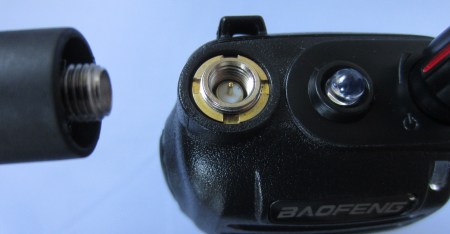
Baofeng SMA Male antenna connector (image courtesy Essex Ham)
The new line of Chinese handheld radios (Wouxon, Baofeng) flooding the market are different. They use an SMA connector that has the male pin located on the radio and female receptacle on the antenna or adapter. This can cause confusion when searching for the proper adapter, as off the shelf SMA connectors won’t work with Chinese handhelds. I usually recommend the Comet HMO5JSj adapter that works well with these radios if you want to attach an external antenna.
Hopefully this illustrated guide will help you match up the right connector for your radio and antenna system. Got any advice or questions on connectors? Please feel free to leave a comment down below.
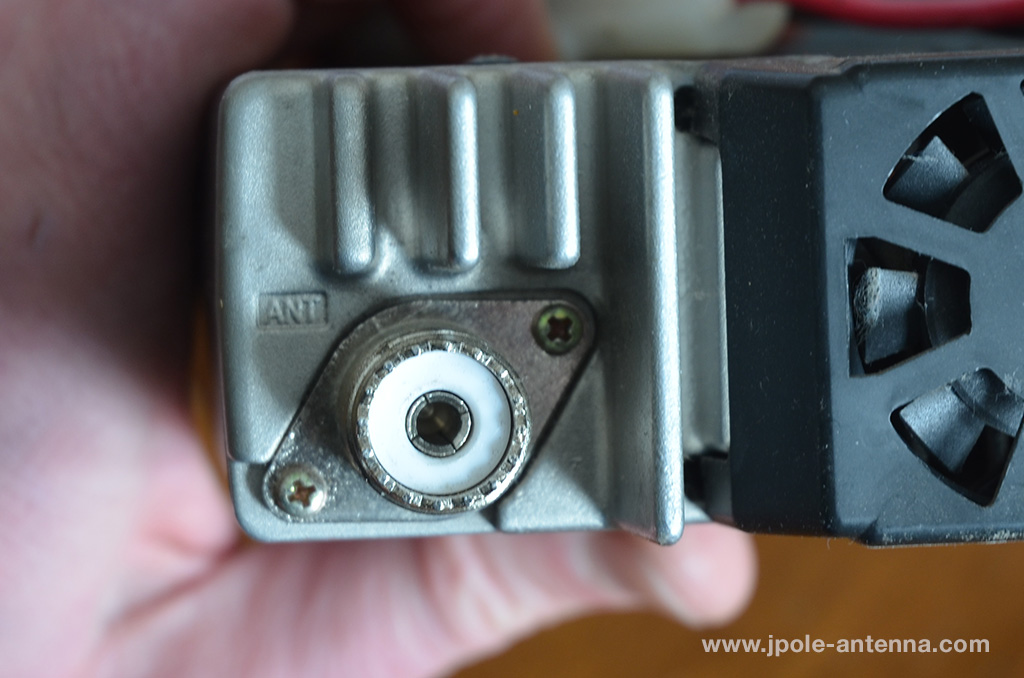
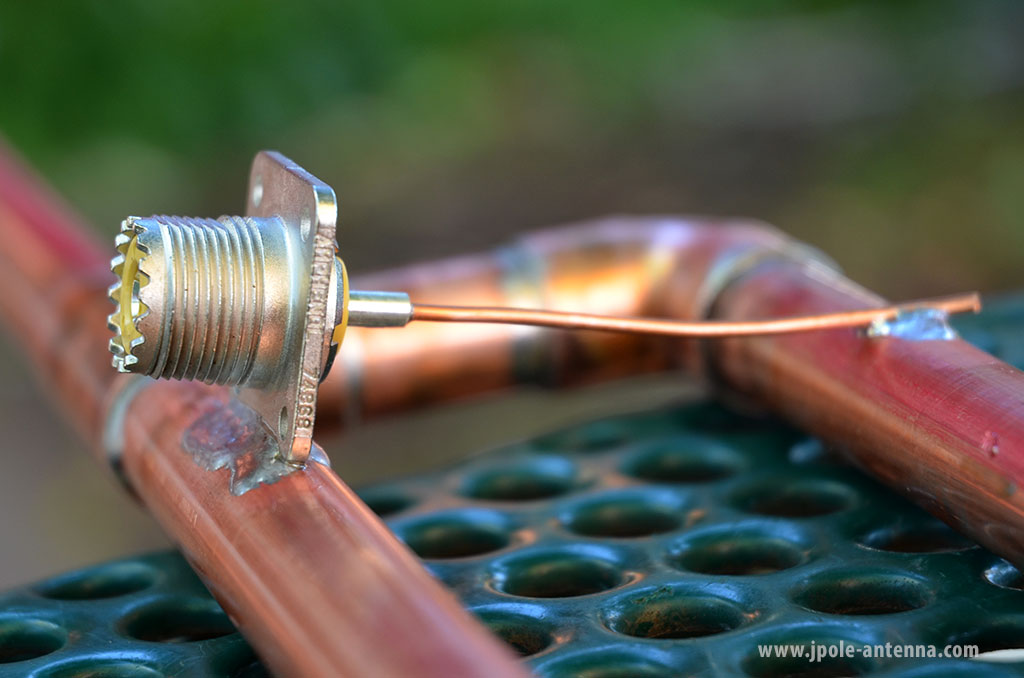
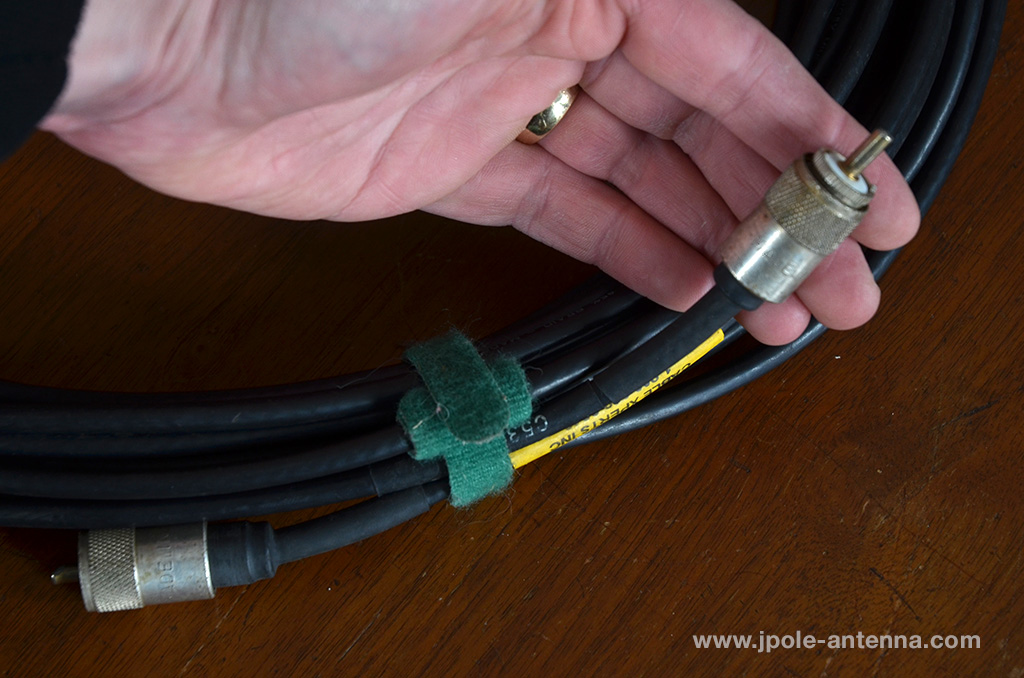
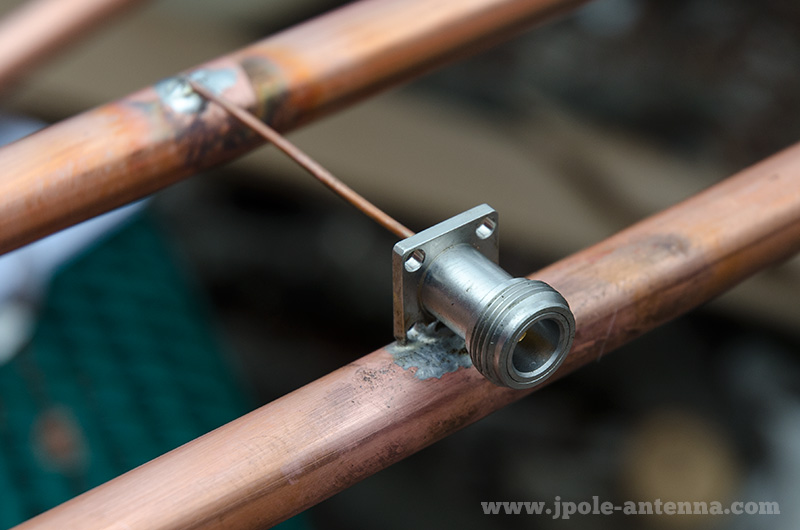
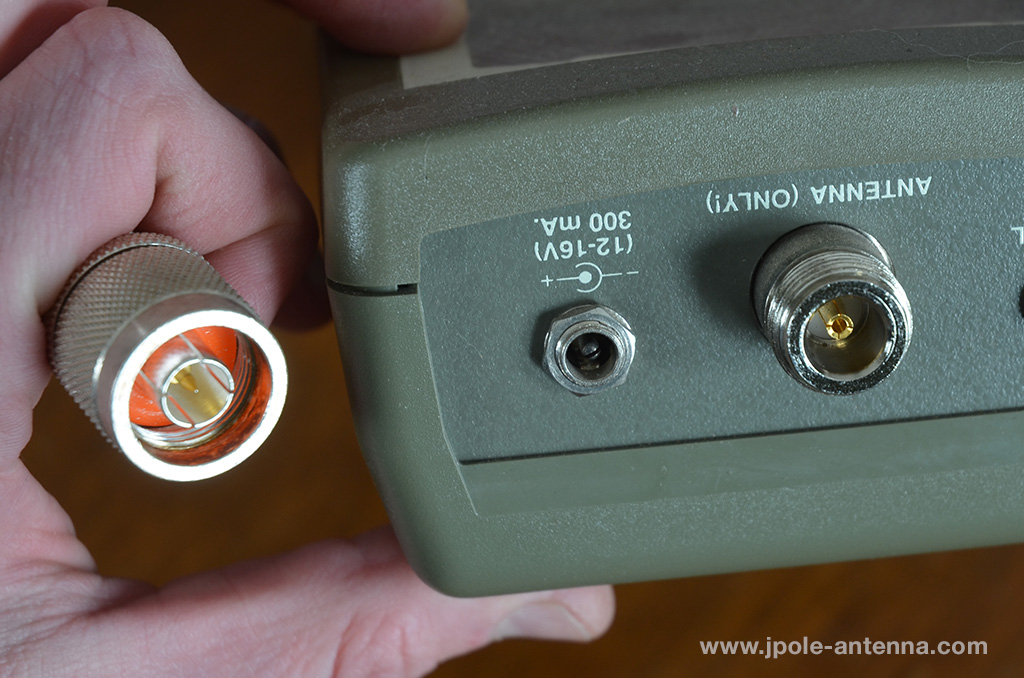
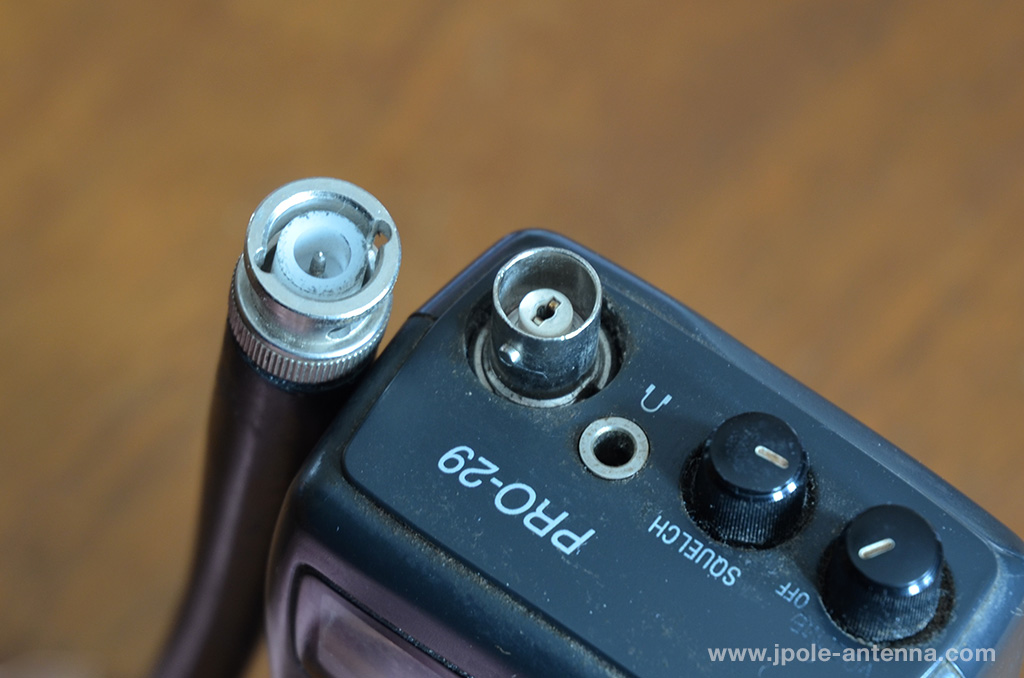
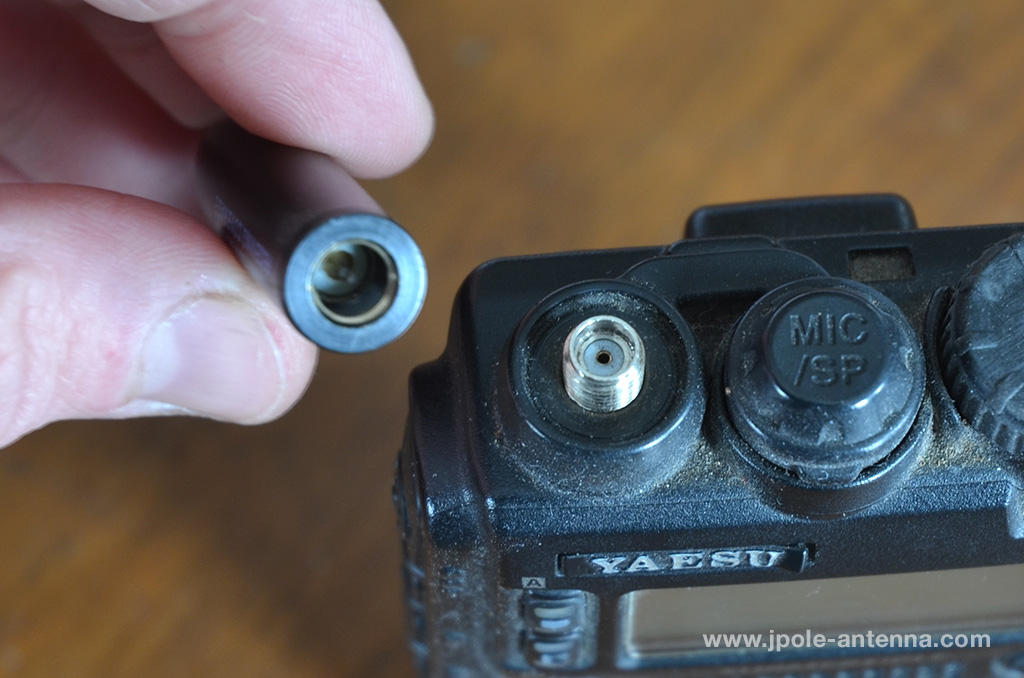
One easy way to remember some of this is that PL is short for ‘plug’ and SO is short for ‘socket’. Plugs are male and they plug into sockets (which are female). Another example is electrical outlets. The electrical plug is inserted into the electrical socket.
Brad,
I never thought of it that way. It makes perfect sense! Thanks for sharing.
Great article Michael, thank you!
I am new to all this and after your article I am finally starting to understand all this. Also a very good suggestion from Brad. It should be added to the main article, I have almost missed it..
“Plugs are male and they plug into sockets (which are female). Another example is electrical outlets. The electrical plug is inserted into the electrical socket.”
Plugs are not always male. Just look at the plug/jack relationship on your PCs power supply.
The plug/jack moniker relates to the more-movable/less-movable relationship, not the sex of the conductors.
https://en.wikipedia.org/wiki/Gender_of_connectors_and_fasteners#Electrical_and_electronic